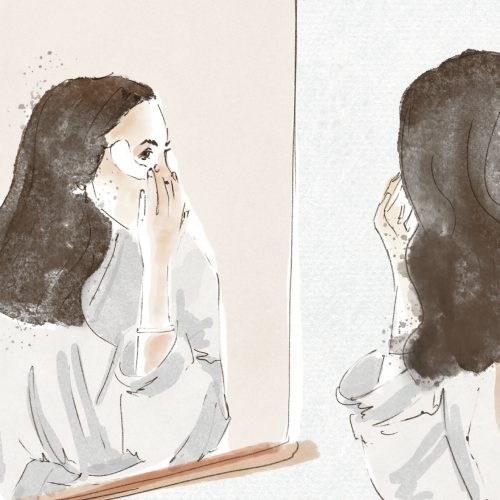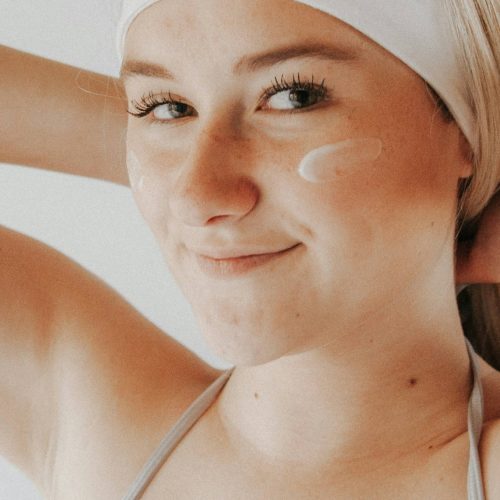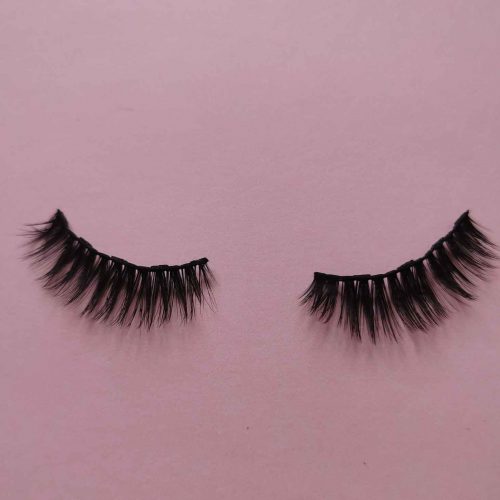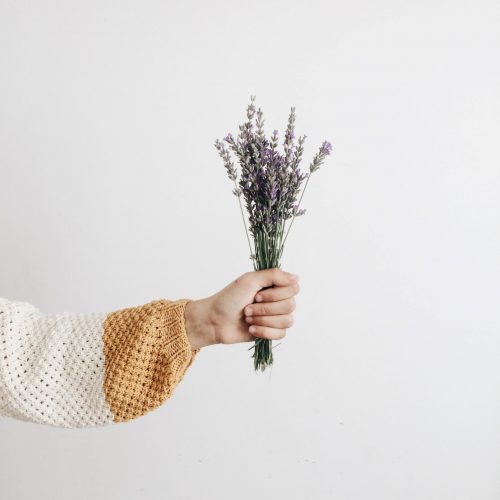Lessons Learned From the K-Beauty Craze
The Korean beauty industry has been responsible for countless global beauty trends since it was first introduced to the world stage in 2011. Its offerings have always been innovative and effective, leading to widespread popularity and now seamless incorporation into Western beauty routines and retail spaces a decade later. But as with all good harvests, there are still going to be a few bad apples in the bunch, so let us reflect on the lessons we’ve learned from the explosive expansion of K-beauty over the years.
Who could ever forget the BB cream madness of 2011 that eventually led us down the alphabet cream rabbit hole to CC and DD creams in the years following? Gradient lips were the next big K-beauty export in 2014, followed by cushion compacts in 2016, and the sheet masks from 2018 are still going strong now in 2021. Although each of these trends was first popularised by K-beauty brands, Western brands quickly hopped on the bandwagon with their own offerings, often to the point of market saturation, precipitating the end of the trend (again, see CC and DD creams).
This cycle has been going on for a decade now, but one of the most enduring K-beauty trends to catch the eyes of beauty enthusiasts around the world is the famed Korean 10-step skincare routine. This routine is truly what solidified K-beauty as a leader in the skincare space as it introduced Western cultures to new genres of products, to the concept of product layering, and to some very interesting new ingredients (snail mucin, in particular, comes to mind). However, this trend also, unfortunately, ushered us into an age of beauty over-consumption, kickstarted the development of the fast beauty cycle, and has continued to benefit from ongoing greenwashing tendencies for years.
10 STEPS TO EXCESS
As previously mentioned, the Korean 10-step skincare routine is one of the most well-known fads in the industry. Coined in 2014, this routine consists of (1) a balm or oil cleanser, (2) a foaming cleanser, (3) an exfoliant, (4) a toner, (5) an essence, (6) an ampoule or serum, (7) a sheet mask, (8) an eye cream, (9) a moisturiser and (10) a night cream, sleeping mask or SPF. It has been blogged about, YouTuber-reviewed and beauty editor-tested many times over to see if it is really worth it, and most of the time, users come to the same conclusion: it works, but it is definitely a tad excessive. Considering that the average woman uses 12 beauty products per day—morning and night, including makeup—this 10-step routine would be impractical for most, not to mention time-consuming, space-consuming, expensive and, in many cases, extremely wasteful as many consumers try out the trend only to find that they don’t actually reach for half of the products.
Thankfully, the tides are finally starting to turn, and the new “skipcare” trend in Korean skincare has begun. Skipcare encourages consumers to cut a traditional 10-step routine down by at least half through the use of hybrid or multi-purpose products. This more minimal approach is a breath of fresh air after years of the “more is more” mentality in Korean skincare.
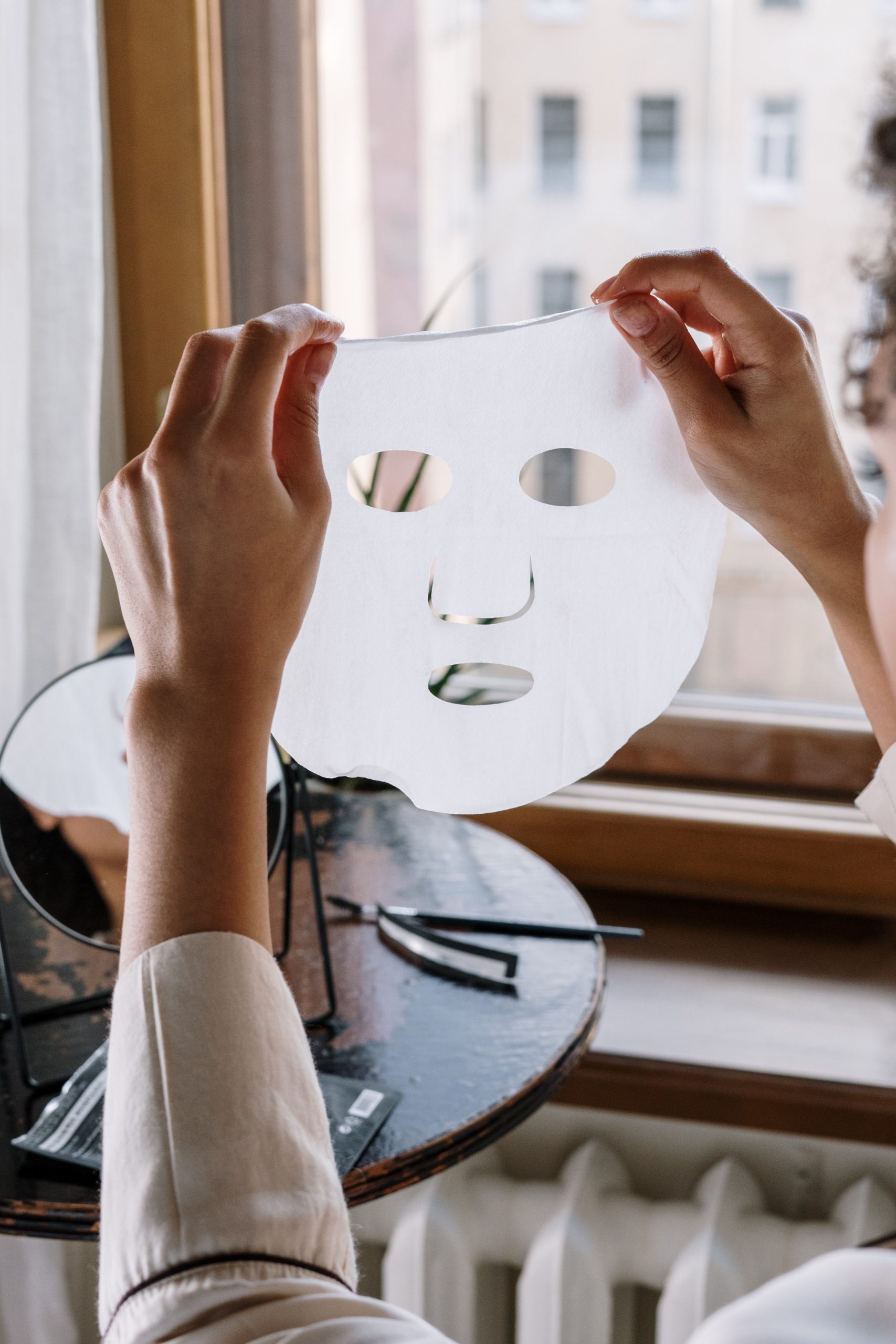
THE FAST BEAUTY MACHINE
Fast beauty is the beauty industry’s equivalent to fast fashion, and its defining feature is a development cycle that has been reduced from the typical year or more to as little as four months. A shorter development time enables brands to get products out quicker so that they never miss an opportunity to capitalise on a new-and-now trend. And much like fast fashion, the products of fast beauty are not made for the long haul. Elizabeth Otero, senior vice president of global marketing at Mac Cosmetics, explains that these rushed products are not designed to remain in a brand’s lineup long term—their main purpose is to capture trends, and therefore also capture the younger consumer market, which she says “craves newness.”
In 2016 alone, K-beauty brand The Face Shop launched approximately 600 new products. Innisfree, which has an already unbelievable range of about 900 products, will typically release 400 new products per year, even though about half of those will no longer be on shelves a year later. With this wealth of choice and new items being launched on a near-constant basis only to then also be hyped up on social media via influencers and targeted ads, beauty consumers are more likely than ever to experiment with new products. In and of itself, this is not a bad thing, but consumers often make impulsive purchases before they’ve finished their existing products, contributing to a growing beauty waste problem as they toss unfinished products out in favour of trying the next big thing.
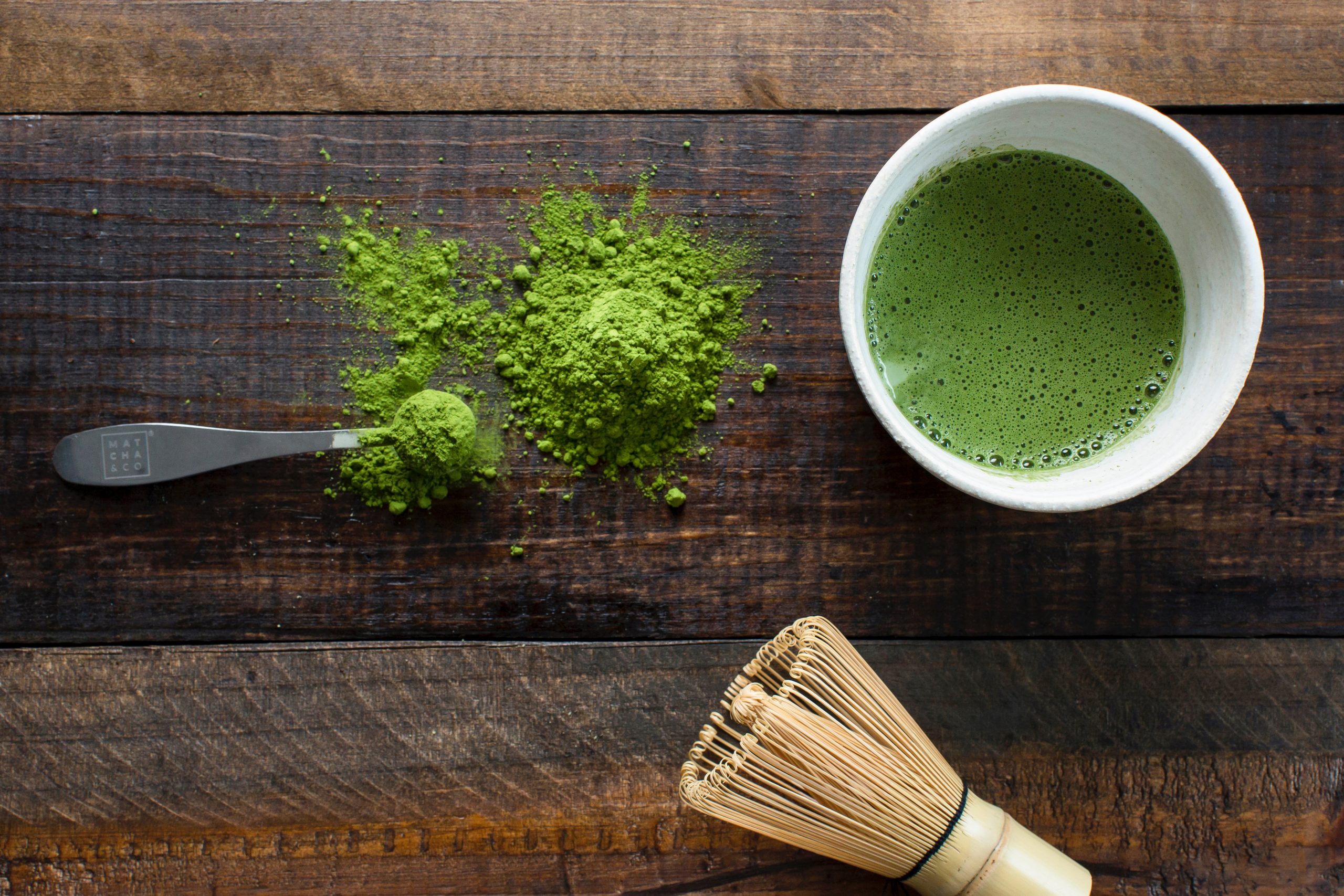
Green tea as an ingredient for a natural beauty care

Bee propolis
GREENWASHING WITH HERO INGREDIENTS
One hallmark of Korean skincare is that it tends to have a focus on natural hero ingredients—centella asiatica, often referred to as cica, has been a recent big hit, but green tea, ginseng, bee propolis, fermented yeast and many others have also seen the spotlight over the years. Korean skincare’s use of these ingredients, paired with its overall reputation as a leading force in the industry, has done well to promote the natural beauty sector. However, many natural-sounding K-beauty products do not contain as high a proportion of natural ingredients as their names or branding may suggest.
Mamonde is a K-beauty skincare brand that heavily markets their products’ ability to harness the skin benefits of flowers, but flower extracts are not often found until the latter half of their ingredients lists. Innisfree, touted as Korea’s first natural skincare brand uses an average of 80% natural ingredients across its wide range of products. This is certainly a step in the right direction, but it also serves as a reminder to always check product ingredients lists for natural content—although many Innisfree products do contain the large amount of natural ingredients you might expect, some others won’t have any natural ingredients listed until the near-bottom of their ingredients lists.
An excellent resource we’ve come across for decoding beauty ingredients lists is INCIdecoder, a searchable online database that lists and explains every ingredient contained in a product so that you can understand exactly what is natural versus synthetic and active versus inactive.

+ Words: Dorice Lee, Luxiders Magazine Contributor
Dorice Lee is a freelance writer and editor from Vancouver, Canada who is endlessly fascinated by the ever-growing potential of the sustainability movement. Through her work she hopes to contribute to that movement by making the notion of sustainability approachable and accessible.
IG: @doricelee

